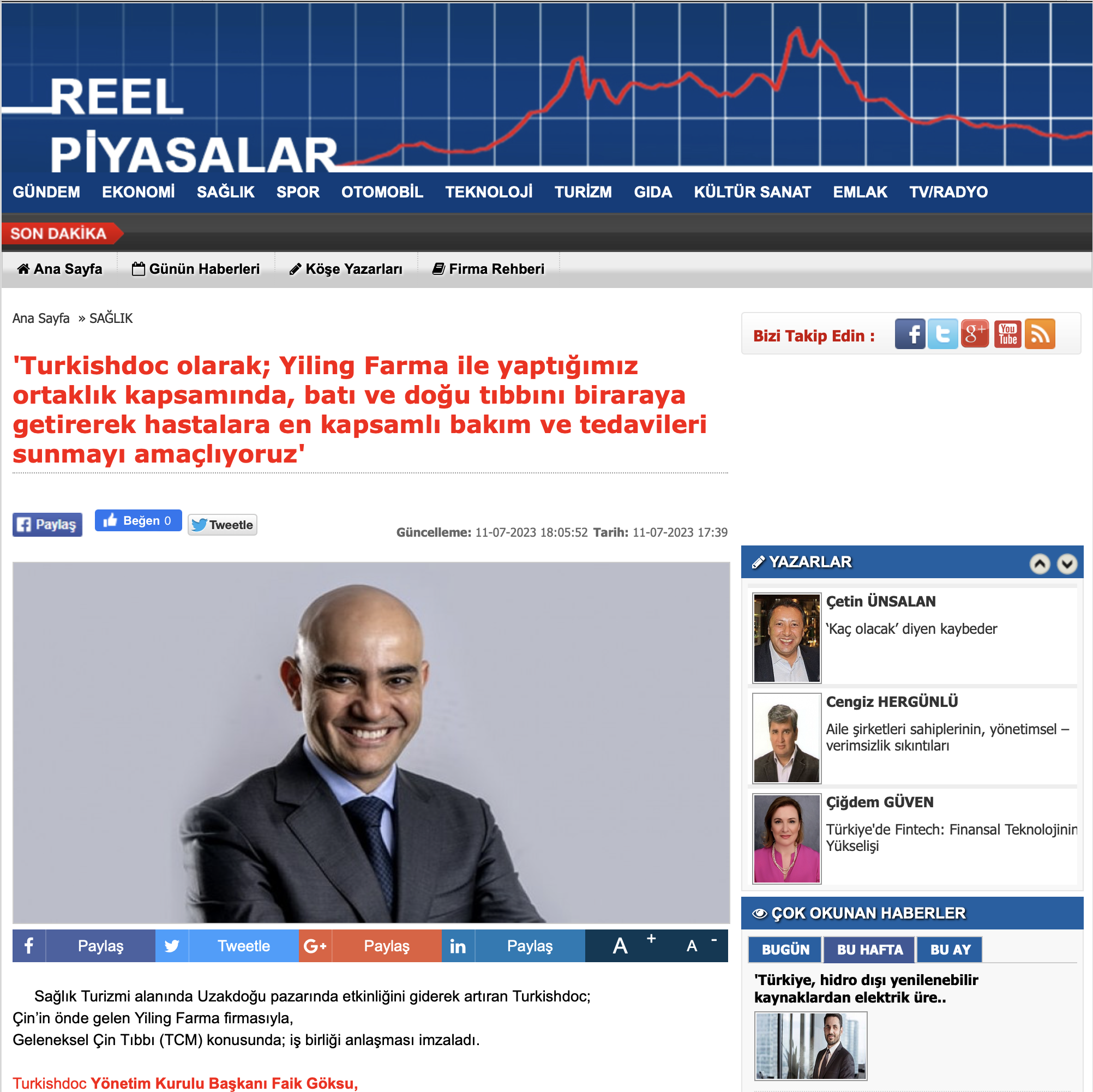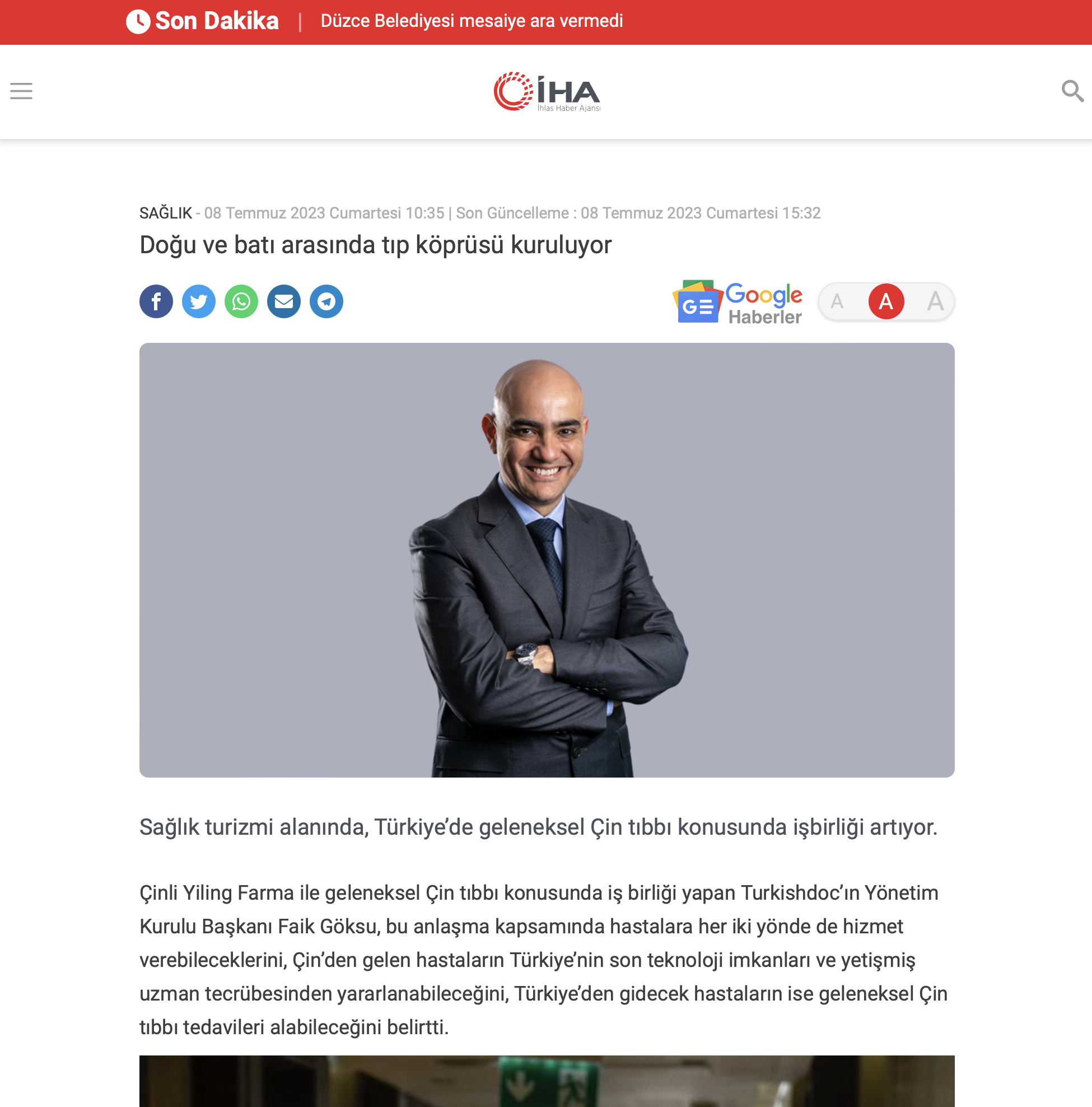Turkishdoc
How Is Aortic Valve Stenosis Treated? What Are The Diagnostic Methods?
The difficulty with which the blood pumped by the heart passes through the aortic valve is an indication of aortic stenosis. Aortic valve stenosis, a serious cardiovascular disease, can result in death in advanced cases. The most common complication is heart failure. Therefore, aortic stenosis needs to be treated appropriately. The main cause of this disease in the elderly is worn-out aortic valves that deform over time. It can also be congenital and may require surgical treatment. Medication or surgical procedures are used to treat aortic stenosis.
Aortic Valve Stenosis Diagnosis
Aortic valve stenosis begins to show itself after a while with some symptoms. Complaints such as shortness of breath, heart palpitations, and fatigue are among the main symptoms of this condition. Therefore, the patient should consult a cardiologist without ignoring these complaints. The cardiologist will listen to and evaluate the patient’s medical history and complaints. In addition, a physical examination is performed to hear the murmur in the heart. The presence or absence of a heart murmur is very important for this disease. Aortic valve stenosis can be diagnosed with some tests. The methods used to diagnose aortic valve stenosis are as follows:
Electrocardiogram: In this diagnostic method, electrodes are attached to specific parts of the body to measure the electrical activity of the heart. In this way, the heart’s rhythm rate is also monitored.
Chest X-ray, angiography, or cardiac CT scan: In these methods, X-rays are used to produce CT images that are examined by the doctor. A contrast dye is also used in the angiogram or cardiac CT test. This allows the structure of the blood vessels to be better visualized.
Echocardiogram: This test using ultrasound waves is one of the main methods used to diagnose aortic valve stenosis. With this method, the heart structures and vessels can be seen clearly. This diagnostic procedure is performed with a flexible tube, which is guided into the esophagus and inserted into the heart. Echocardiography not only diagnoses aortic valve stenosis but also determines the degree of stenosis.
Heart MRI: With a strong magnetic field, cardiac MRI provides a detailed scan of the heart and offers a detailed examination. This method is different from radiation because it does not use radiation.
Cardiac catheterization: In this method, a special device is inserted into the heart, which makes it possible to see inside the heart. Cardiac catheterization reveals whether there is aortic valve stenosis. The doctor can also see how the heart is working. It is not a common way to diagnose this condition, but it is used when other methods do not work. In cardiac catheterization, a catheter is inserted into a blood vessel in the wrist or groin to reach the heart.
Exercise stress testing: This is a diagnostic method that measures a person’s heart function. This can be used to determine whether aortic valve stenosis is present and the extent of the disease.
Chest X-ray: This helps detect chest and heart diseases. It can therefore show whether there is aortic valve stenosis. A chest X-ray can also show the effect on the heart and the swelling and calcium deposits in the aorta.
After the necessary findings are found in the tests, the appropriate treatment method is determined. However, before determining the treatment method, the doctor takes into account the stage of the disease. Aortic valve stenosis can occur in four different stages. The stages are divided into A, B, C, and D. Stage A is risky and has certain risk factors. Stage B is progressive with no symptoms and mild aortic valve stenosis. Stage C is asymptomatic severe, there is no severity, but the disease is advanced and severe. Stage D is considered symptomatic severe, and aortic heart stenosis is both symptomatic and severe. Therefore, a treatment method is determined according to the stages and symptoms of this condition.
Aortic Valve Stenosis Treatment
Treatment of aortic valve stenosis depends on its stage, what caused it, and the patient. It, therefore, depends on these factors to determine whether it is a completely curable disease or not. In general, however, the goal of aortic valve stenosis treatment is to prevent symptoms and repair the damage. Aortic valve stenosis is treated with 5 different procedures: medication, valve repair, valve replacement, balloon valvuloplasty, and transcatheter aortic valve replacement (TAVR).
- Medication
Some medications are used to treat mild aortic valve stenosis. Blood thinners, medicines for arrhythmia, and some other medicines can be given individually. Therefore, mild aortic valve stenosis can be treated with medicines.
- Valve Repair
Valve repair is a minimally invasive surgical procedure. The heart is accessed through an incision in the chest. This method is rarely used. Valve replacement is the usual surgical procedure for aortic valve stenosis.
- Valve Replacement
Aortic valve stenosis is usually treated with an aortic valve replacement procedure. In this surgical procedure, the surgeon removes the damaged valve. In this minimally invasive treatment, the damaged tissue is replaced with a biological tissue valve. The damaged tissue can also be replaced with a pulmonary valve. Replacement of the pulmonary valve is called the Ross procedure. Valve replacement is preferred when valve repair is not indicated. Therefore, biological or mechanical tissue valves are implanted in this procedure. Biological tissue valves become unusable after a while and can be replaced. In the case of mechanical valves, lifelong use of blood thinners is inevitable.
- Balloon Valvuloplasty
It is a procedure for infants and children with aortic valve stenosis. It is performed by inserting a catheter with a balloon at the tip into the artery above the groin. Once inserted into the aortic valve, the balloon is inflated. This helps to widen the narrowed aortic valve. After the balloon is deflated, it is removed with the catheter.
- Transcatheter Aortic Valve Replacement (TAVR)
This minimally invasive treatment is an alternative to the valve replacement procedure. In this procedure, the aortic valve is replaced with a valve made from cow or shoulder tissue. After the catheter is inserted into the blood vessel, the heart is accessed, and the new aortic valve is implanted. The catheter is then removed, and the surgical procedure is completed.
The procedures used for valve repair and replacement are therefore different, as is the recovery time. After both surgical interventions, hospitalization is necessary for a few days. Full recovery usually takes several weeks. In comparison, the recovery time for balloon valvuloplasty and TAVR procedures is shorter. People undergoing these procedures can therefore be discharged the same day or the next day and return to their daily lives.











